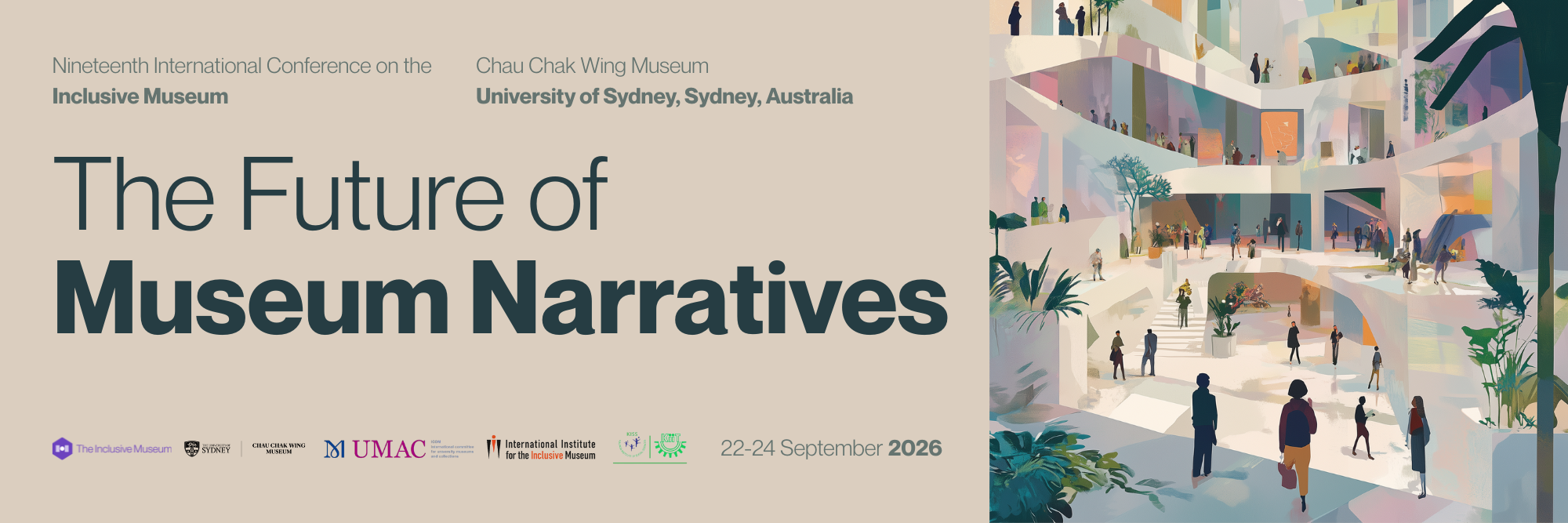Abstract
This paper examines how repatriation legislation in the United States has reshaped museum curation and exhibition practices. The enactment of the National Museum of the American Indian Act (NMAIA) and the Native American Graves Protection and Repatriation Act (NAGPRA) has prompted broader discussions on cultural sovereignty, stewardship, and the responsibilities of museums in addressing colonial legacies through the curation and exhibition of culturally sensitive items. By observing and researching the impact of the repatriation laws that shape modern museum practices and the frameworks that inform them, there is evidence that these laws have altered the way museum’s exhibit cultural artifacts. Not merely by politically dictating what museums can or cannot exhibit, but by fostering ongoing conversations about best practices, determining which items should or should not be put on display or repatriated, and ensuring that collections portray informed, consensual narratives.
Details
Presentation Type
Paper Presentation in a Themed Session
Theme
KEYWORDS
NAGPRA, Repatriation, Federal Regulation, Museum Exhibits, Cultural Artifacts, Museum Responsibility

